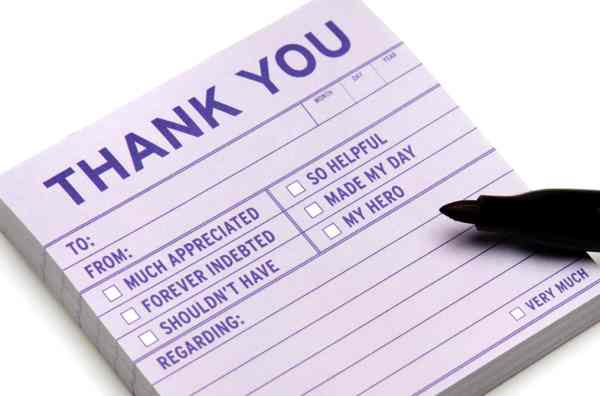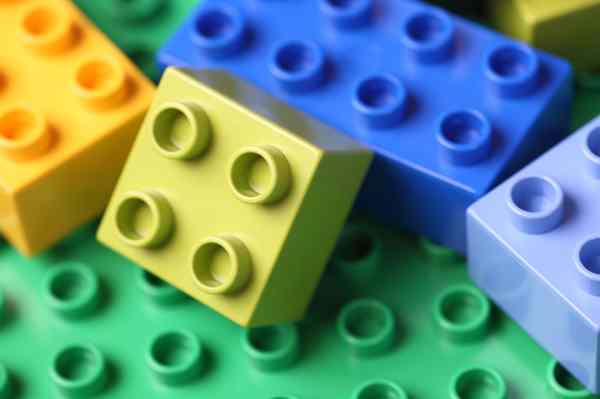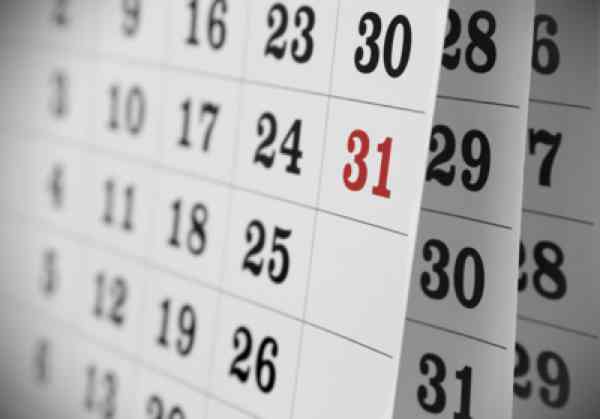It’s been 10 years since I wrote here: a decade of change and learning. When I switched focus to communication training last year and began an online training company with my partner, Carol J. Sutton, I realized I had more information and thoughts to share on my website.
I plan to use this space to reflect on and explore writing, communication, plain language, books, and poetry. This quote from John O’Donohue’s, To Bless the Space Between Us, which was previously on the welcome page of this website, remains one of my favourites.
There is a quiet light that shines in every heart. It draws no attention to itself, though it is always secretly there. It is what illuminates our minds to see beauty, our desire to seek possibility, and our hearts to love life.
Over the years, it has served to ground, refresh, comfort, inspire, and make me ever more curious to catch that quiet light in those I meet, whether in person or through writing.
Discovering Maleonn
Maleonn is a Shanghai based artist whose work I encountered for the first time last week. I’ve been thinking about it ever since. I was introduced to it by this online article in the Guardian. In…
Reading When Writing Ebbs
In the last few days I’ve been glad to see posts from other writers on the process of finding it hard to write and working it through. This happens for me too. It often happens after…
Expressing Gratitude
Expressing gratitude is something I’ve struggled with for awhile. I am still learning. Saying thank you is easy for me in obvious situations where a “thank you” is part of courtesy–when someone opens a door, or…
Learning Gratitude
When I was a child it seemed that gratitude was something I was expected to display. I learned to mimic the desired behaviour, but I didn’t really understand gratitude or being thankful. I understood pleasure, and…
Executing the Plan: 5 Ideas to Move You Forward
Okay. You have a goal. You have a plan. You begin to act on the plan and the things that distract you from it and the things that get in the way begin to show up.…
Continue Reading Executing the Plan: 5 Ideas to Move You Forward
Doorways to the Future: Planning for 2013 Goals
Each goal is wish that you have clarified and are committed to making real in this world. Each goal can be a doorway to the future. The next part of the work is finding or creating…
Continue Reading Doorways to the Future: Planning for 2013 Goals
Wishes Like Horses
There’s an old English proverb: If wishes were horses, beggars would ride. That wishes (dreams) are like horses that can carry us forward is something I discovered when I made my first “Wish List” in 1976.…
Reviewing 2012
How was your year? I love the sense of interval, of a time between, that happens during the week between Christmas and New Year’s. For me, it’s always been a time of finishing off and preparing…
Celebrating Connection
My first Christmas in Canada, in 1971, happened during a two-week residential Gestalt Workshop at Cowichan Farm in Duncan on Vancouver Island. It was different than any Christmas I’d ever experienced. In some ways my memories…
Three Steps Toward Success in 2013
As we count the days to year-end there are three things you can do to prepare yourself for success in 2013 and they might even help you clear the way for more holiday enjoyment. 1. Finish…
12 Tips for Creating in 2013
For me, 2012 was a year of finding out how to stay focused and what to focus on as a self-employed writer/consultant. Here are my top tips from this year’s journey. 1. Everything counts; it helps…
The Dream Connection
Do you remember your dreams? Sometimes I do and sometimes I don’t. Earlier this year I was going through a period when I knew that I had dreamt yet had no specific memories when I woke…
Astonishment and Joy
When I think of Thanksgiving I think of Mary Oliver’s phrase, your one wild and precious life and how life itself is grace, and how being present to your life and the wild and unpredictable colors…
Three Tools to Explore Resistance
I missed posting last week. Have you ever experienced a time when everything that was simple seems complicated? When finishing regular tasks takes three times as long? When every thought seems to veer off the straight…
10 Questions to Explore Self-Support
When we work with others we get used to the incidental support that comes from having colleagues down the hall and a network of expectations from those we work with that pull us through the day.…
Inspired By Feedback
Learning how to ask for feedback is a skill that improves with practice. I’ve gotten better at it by asking more frequently and by asking different kinds of questions. By making feedback a regular event, I…
De-clutter Your Online Information
Do you live in an information jungle? Do you have virtual (or real) piles of files and emails? Is your favourites list hundreds of websites long? Do you organize emails, documents and website favourites differently? There’s…
Discover Your Themes
April 1968, that’s when I mailed out over one hundred photocopied pamphlets of my poetry, Ensemble: The Gratuitous Act . I mailed it to a list of people that included pop stars, poets, philosophers, actors, writers…
Dreaming of Community
I’ve discovered I read some favourite authors (Maeve Binchey, Marcia Willet, Katie Fforde ) because of the dream of community that’s often a part of the story. Learning how a character moves from outsider, dispossessed of…
Thanksgiving
Who do you thank? Thanksgiving is Monday October 8th here in Canada. Have you ever sat down for Thanksgiving Dinner and felt disconnected? There’s the traditional litany of those to thank and what to thank them…
Create More Heart Light
Nurturing the quiet light in your heart can help you see the beauty in yourself and in the world, can boost your eagerness to seek possibility, and bring more zest, more love of life and appreciation…
Lessons From the Dark
When I think of the dark, my association is not immediately positive. I don’t often remember the importance of the dark, of down times, yet the dark is a part of dreaming, of the creative process,…
When You Don’t Know What You Want
• Beginning with the end in mind, • End point visualization, • Vision. These essentials of planning, goal setting, and project design depend on being able to say what you want, and there’s the rub. What…
Finding Power for a Strong Finish
New paper, pens and books, and a fresh start every year for more than two decades means September brings me a rush of energy and a feeling of excitement even though I am no longer in…
Value-Based Leadership: Making the Invisible, Visible
You teach company values during orientation and when providing performance reviews, and the marketing department has given you a set of value posters for your office wall, but do you know how to make them come…
Continue Reading Value-Based Leadership: Making the Invisible, Visible
Finding Treasure
Probably the last place you’d think to look for treasure is in the pages of your calendar, but there could be insights waiting for you there. Recruiters know that past performance is usually the best indication…
10 Steps to Reconnect with Work You Love
A year after deciding not to pursue HR work I have a better idea of what snuffed the flame of engagement after a long career when I loved the work. I began in HR in…
After You’ve Achieved the Goal
Goals give you something to aim for; something to steer toward. What happens when you achieve a goal, but don’t have another to steer toward yet? Or maybe you have another goal, but it’s in…
Celebrating Help
I ask people who come to programs, how did you get here? I know I’ve arrived at this point because of all the encouragement and support that’s come my way. I’ve done the work, yet…
Art Journals 4
Journaling with Words and Images This is the fourth and final interview in a series of interviews with Joan Gregory about Art Journaling. It’s been some time since the last post; thanks for hanging in there!…
Early Inspiration, Current Inspiration
I spent the spring of 1983 working my way through Gabriele Rico’s Writing the Natural Way: Using Right Brain Techniques to Release Your Expressive Powers. When first published by Tarcher it had a typewriter on the…
Exploring Values
About three years ago when I started consulting and did a website, I finally got around to declaring my own values: Learning, Kindness, Beauty and Integrity. Before then I’d been immersed in my company’s values.…
4 Steps to Renew Creative Flow
Facing the blank page can induce total amnesia and render even a normally chatty person devastatingly silent. When this continues for awhile we can begin to think we have writer’s block. Nothing to say, nowhere…
10 Steps to a New Beginning
My new beginning began when I left the Regional HR Manager position at Capers in 2008 after the merger with Whole Foods Markets. I began doing some HR consulting for small businesses shortly afterward. It…
Art Journals 3
Journaling with Words and Images This is the third in a series of interviews with Joan Gregory. I met Joan in a course I was taking. One day she happened to bring her journal to class…
Art Journals 2
Journaling with Words and Images The second in a series of interviews with Joan Gregory about Art Journaling I met Joan in a course I was taking. One day she happened to bring her journal to…
Art Journals
Journaling with Words and Images The first in a series of interviews with Joan Gregory about Art Journaling I met Joan in a course I was taking. One day she happened to bring her journal, which was…
What Matters Most
What Matters Most: Living a More Considered Life by James Hollis, Ph.D. On Friday, October 16th James Hollis was in Vancouver lecturing for the Jung Society. He has great questions; the kind that lead you deeper…
Leafy Splendor
Last week when the late afternoon sun and a breeze turned the leaves, wearing their last burst of intense colour, into drifting magic, Aimee and I went for a walk. One of the things about keeping…
Mentoring – Connect to Success
Last January I became a mentor for Connect to Success, the Vancouver YWCA program that serves women who are entering or re-entering the workforce in a professional or skilled field, or who are underemployed and looking…
Imagining Tomorrow’s Workplace
Here’s a question for you. How do you think small businesses will need to change to meet the challenges of tomorrow, and by the way, what does your crystal ball show for those challenges? I’ve been acting…
Beginning
I am the kind of person that likes to share my discoveries with someone (the sort that reads good bits from the book she’s reading aloud). For years I was a member of a management team,…
The Three Marriages
Reimagining Work, Self and Relationship by David Whyte David Whyte’s earlier book, The Heart Aroused, is a favourite of mine so I looked forward to reading this one, published in January 2009. In it he gives…
Summer in the City
Today I had an early morning leadership training session for a client, so woke at 5:00 AM, about two hours before I am usually ready to give up sleeping. It was still dark, and hard to…
Metaphor Sparks Innovation
Steve McCallion’s Fast Company article, Building Consumer Experience Value Using the Power of Metaphors, provides another avenue to explore when trying to think outside your current box. He says that thinking about innovation has shifted from…
Three Reasons Why Beauty Means Business
1. Beauty lifts the spirit. Whether you bring your service or product directly to the consumer or deal business to business, what helps you create a business environment that gives your customer an experience that lifts…












